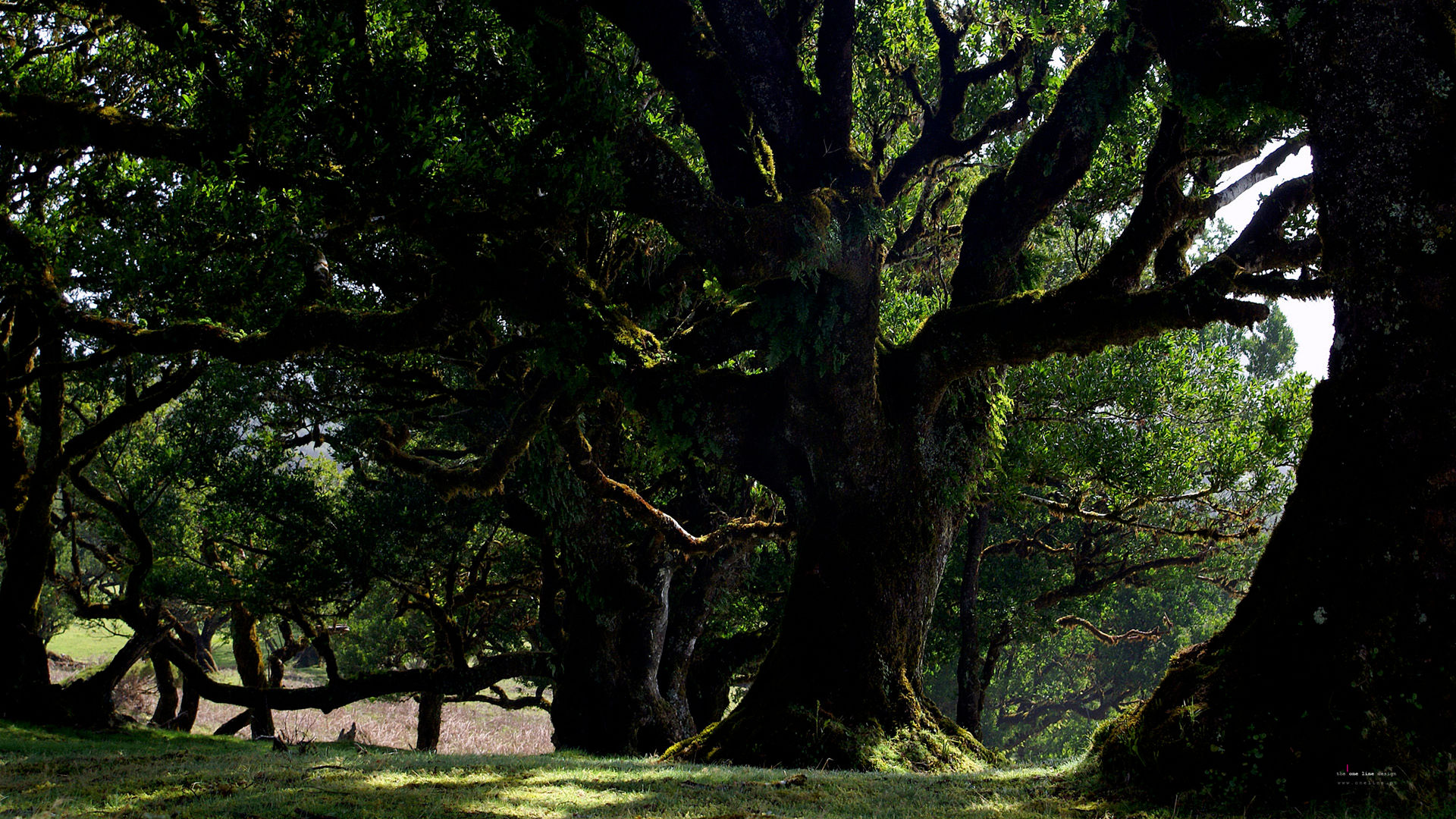I’m embarrassed by my bunions...
- Gina

- Jul 7, 2020
- 3 min read

I see a lot of patients asking for help with bunions, particularly those who are embarrassed by the size. Unfortunately, bunions can only be corrected by surgery and a long, often painful recovery period. As that's often not an option for many people, we'll discuss what causes bunions, how they can be identified and most importantly - how they can be managed.
Firstly, what is a bunion?
A bunion is a deformity of the metatarsophalangeal joint (MTPJ); the metatarsal being the long bone that runs from your midfoot to meet your toes (the phalanges part). Take a look at our 3D model of the human foot so you can more easily visualise where the bones run from and to.
It's estimated that some 23% of working-age adults are affected in some way with bunions, and they may not even be aware of it.
The most common form of bunion develops along the 1st MTPJ: the base of the big toe. It’s also found in the small toe (called a tailor’s bunion or the deceptively harmless sounding bunionette), but the 'classic' bunion is when the MTPJ turns outwards AND the big toe turns inwards.
What causes them?
There's a good deal of disagreement on a single cause, but experts do agree that certain factors increase the risk of bunions. Where one or more factors are in play, the risk increases significantly.
Genetics - Foot type is hereditary, so there may be a family history of bunions. The genetic markers remain unknown, and some family members are pre-disposed to bunions while others manage to skip it completely. It might be worth looking at your parents' or grandparents' feet one day to get an idea how yours will look in twenty years.
Arthritis - Rheumatoid arthritis, psoriatic arthritis and gout all involve damage to the joint cartilage.
Foot structure - Low or fallen arches cause significant pressure on the big toe and 1st MTPJ. You may have loose joints or tendons, or the bones themselves may be rounded, and therefore less stable. Foot structure can also change during pregnancy, through hormonal changes.
Occupation - If you're on your feet for much of the day (teaching for example). This increases if you're expected to wear high-heels or tight, narrow footwear.
Tight shoes & high heels - The price for those Manolos may be higher than you expected. The narrow, hard confines of the shoe can cause increased pressure, coupled with the high angle of the heel and the toe-box pushing the big toe towards the others. Buying a size too small never ends well.
What does a bunion look like?
A bunion can take time to develop, so it's possible to catch it early. Many people assume that their foot is 'just that shape' or it's a corn or callus. A podiatrist will measure the angles of your bones from an x-ray to verify if there are any issues and how far along they may be. You should look for:
A bump or hard swollen area at the base of your big toe.
Redness, swelling or tenderness. Corns or calluses may repeatedly develop here.
Your big toe may start pushing uncomfortably against the 2nd toe; corns may develop between the toes as they begin rubbing together.
Pain and/or limited movement of your big toe
I can't take time off for surgery. How can I manage them?
If you think you have bunions you should see your Podiatrist to confirm it, or rule out arthritis, gout or a fracture - all of which can be mistaken for a bunion. If you do have a bunion, the only way to correct it is by surgery, and an often painful period of convalescence.
That doesn't mean you have to live in pain, however. It's possible to catch the signs of it early on, and to address any of the factors that can make you far more prone to bunions. Stretching exercises, correctly-fitted shoes and orthotics can all work together to make you feel more comfortable and more confident about living with a bunion.
Keeping an eye out for the above symptoms is key however, and a little more attention to your aching feet at the end of the day can easily be one of the quickest and safest investments you can make.


Great read not heavy on the science stuff which helps